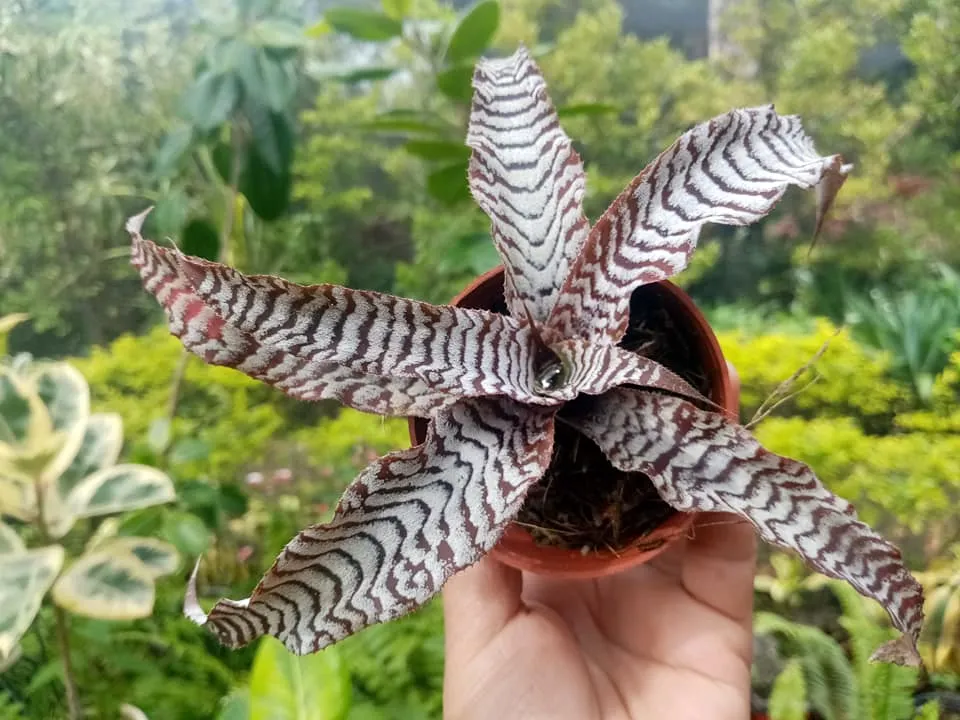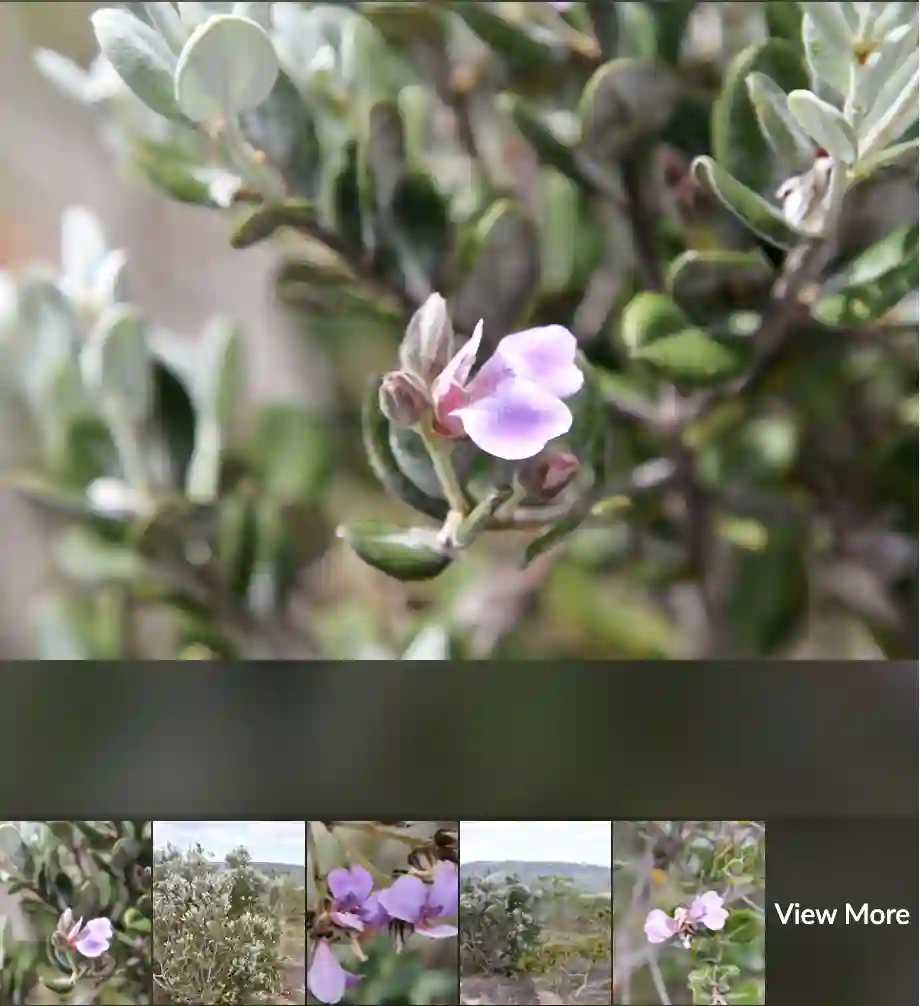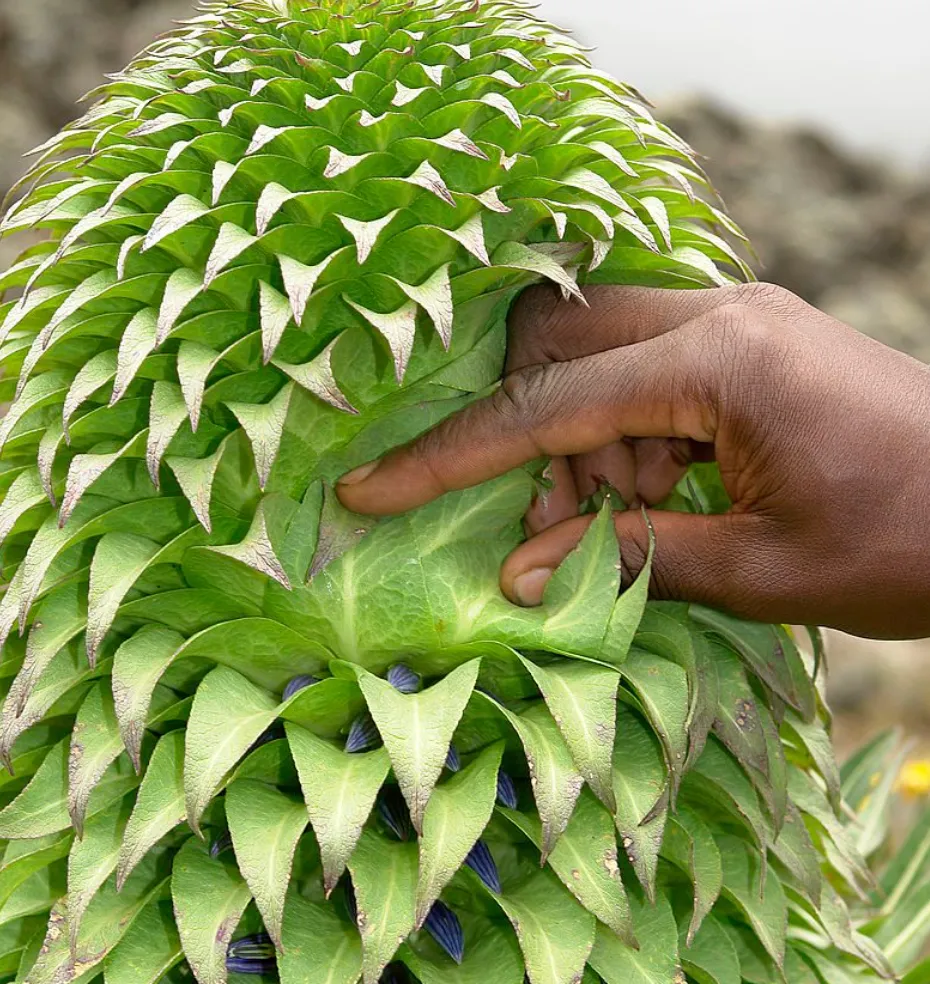What is Euphrasia officinalis?
Euphrasia officinalis, commonly known as eyebright, is a herb that I’ve come across in my explorations of natural remedies. It’s this small, flowering plant that belongs to the Orobanchaceae family. I first noticed it during a hike when a friend pointed out its delicate white flowers with purple streaks. It’s a fascinating little plant that has a long history in herbal medicine.
249 Species in Genus Euphrasia
What is Euphrasia officinalis used for?
I’ve used Euphrasia officinalis mainly for eye-related issues. It’s known for its ability to soothe and treat conditions like conjunctivitis and eye strain, which I experience often due to long hours on screens. I once brewed a mild tea from eyebright and used it as a compress, and it really helped reduce the redness and irritation in my eyes. It’s also reputed to aid with allergies and sinus problems, making it quite versatile.
What part of Euphrasia officinalis is used?
The part of Euphrasia officinalis that’s typically used is the aerial part – basically, everything above ground. This includes the stems, leaves, and flowers. When I prepare it for a remedy, I usually dry these parts, crush them, and then steep them to make an infusion. It’s a pretty straightforward process, and I enjoy the simplicity of using the whole plant.
How to plant Euphrasia officinalis?
Unlike many other plants, Euphrasia officinalis presents a unique challenge for planting due to its semi-parasitic nature. Here’s what you need to know:
Euphrasia Isn’t Typically Grown Alone
Euphrasia officinalis germinates and thrives best in the presence of specific host plants. In the wild, it establishes itself by attaching its roots to the roots of these hosts and obtaining nutrients from them. Unfortunately, replicating this exact symbiotic relationship in a home garden setting can be difficult.
Seeding Euphrasia is Risky
While seeds are available, Euphrasia seeds have a notoriously low germination rate. Additionally, even if they germinate, creating the ideal conditions for their survival is challenging.
Alternatives to Consider
Here are some options for those interested in eyebright:
- Purchase Established Plants: Look for reputable online retailers or specialty nurseries that sell pre-grown Euphrasia plants. This is the most reliable way to have eyebright in your garden.
- Mimic the Natural Environment (Advanced): If you’re an experienced gardener and up for a challenge, you can attempt to create a suitable environment for Euphrasia. Here’s a general approach:
- Prepare a Seedbed: Choose a location with open, low-fertility grassland that receives full sun or partial shade.
- Mimic Host Plants: Sow seeds of eyebright alongside plants commonly found as eyebright hosts in your region. Research native eyebright host plants in your area.
- Maintain Low Fertility: Avoid using fertilizers in the eyebright growing area.
- Moisture Management: Keep the soil consistently moist but not soggy.
Important Note: This method is complex and has a high chance of failure. It’s recommended for experienced gardeners who can closely monitor conditions.
Additional Considerations:
- Euphrasia is an annual plant, meaning it completes its lifecycle in one growing season. You’ll need to replant it every year if you want it to continue growing in your garden.
- Always harvest eyebright responsibly. Only harvest a small portion of the plant and allow some to remain for seed production and future growth.
If eyebright cultivation seems too daunting, you can explore other options:
- Purchase dried eyebright: This is readily available from herbal shops and online retailers.
- Grow other beneficial herbs: Consider planting other herbs with well-documented medicinal properties that thrive in your climate.
Can my dog take Euphrasia officinalis?
Regarding my dog, I’ve done some research and found mixed opinions about using Euphrasia officinalis for pets. While it’s generally safe for humans, I’d be cautious about giving it to my dog without consulting a veterinarian. I’ve read that some herbal remedies can affect pets differently, so it’s better to be safe and get professional advice first.
Is Euphrasia officinalis anti-inflammatory?
Yes, Euphrasia officinalis does have anti-inflammatory properties, which is one of the reasons I use it for my eyes. The herb is known to reduce inflammation and irritation, which can be really beneficial for conditions like conjunctivitis. I’ve found it particularly soothing when my eyes are puffy and red after a long day. It’s quite remarkable how a small plant can have such powerful effects.
If i die, water my plants!



